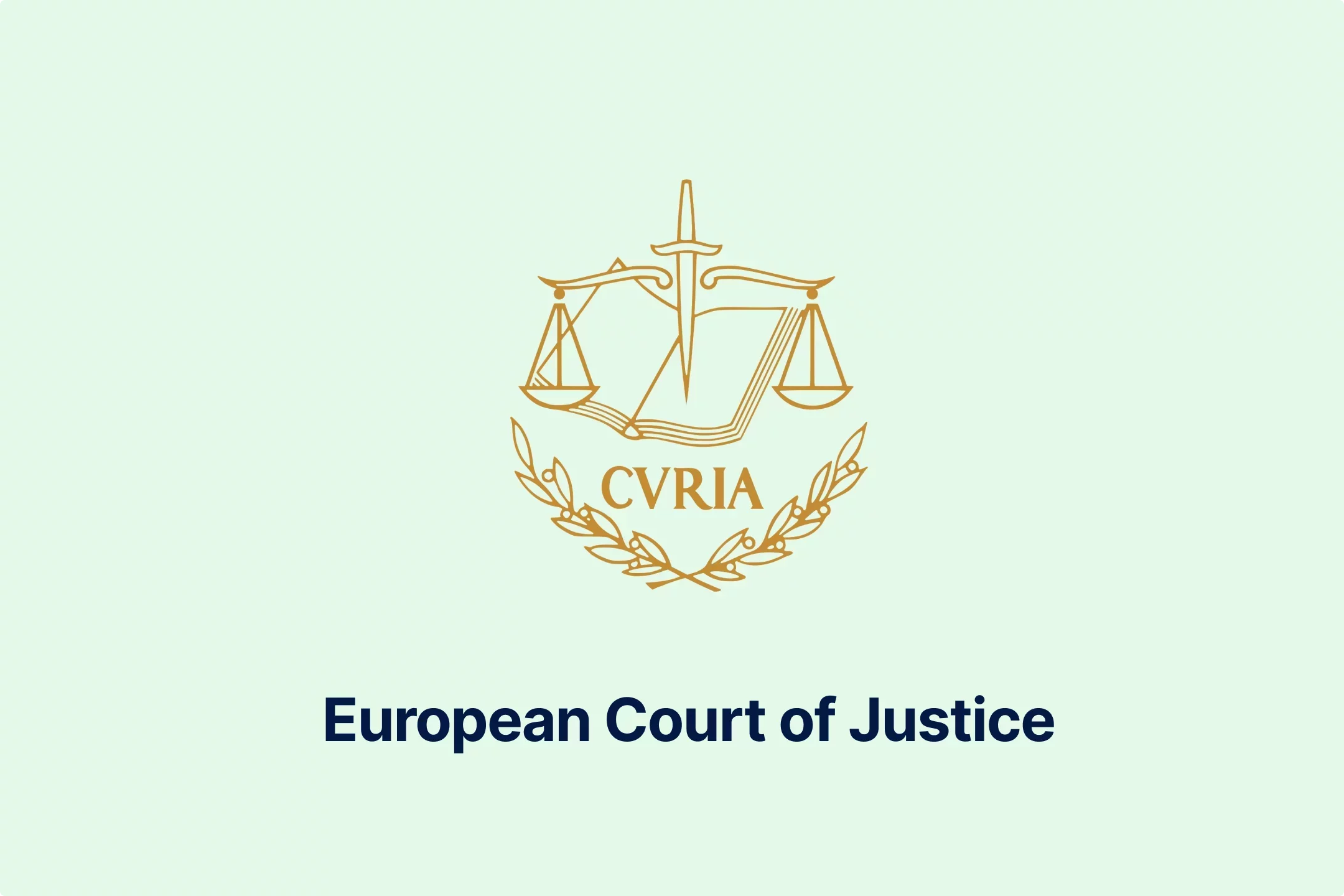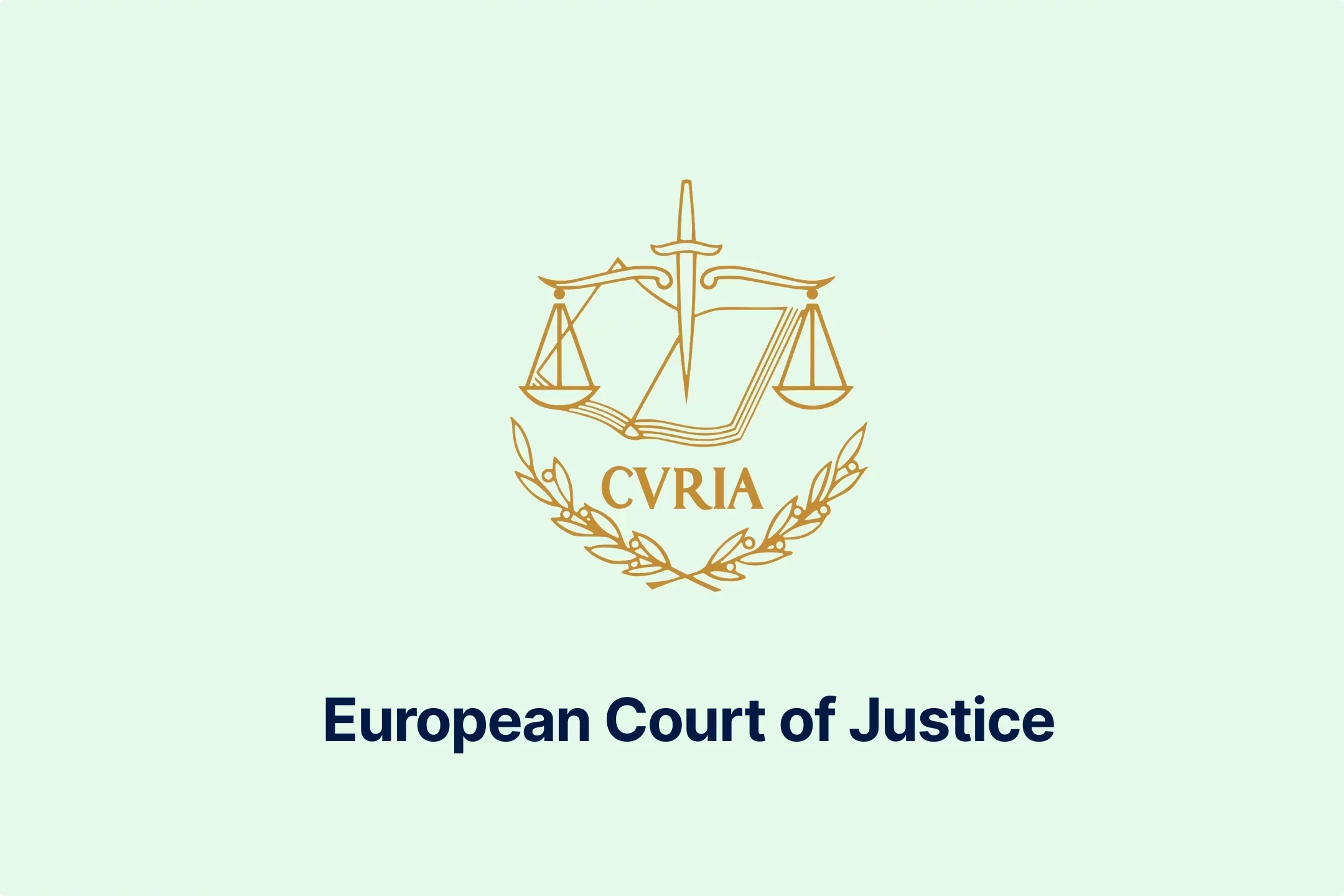CJEU Clarifies VAT Liability of Digital Platforms: Fenix International (OnlyFans) Case Analysis

🎧 Prefer to Listen?
Get the audio version of this article and stay informed without reading - perfect for multitasking or learning on the go.
In today’s digital economy, platforms play a central role in facilitating transactions between suppliers and consumers, often blurring the boundaries of traditional legal and fiscal frameworks. Services are offered through websites or apps, and end users may not even be aware of the identity of the actual service provider. This is particularly true in what is known as the platform economy, with examples such as Airbnb, Uber, Etsy, and OnlyFans. These platforms do far more than provide neutral infrastructure – they process payments, grant access to content, act as contracting parties, and often dictate the terms of service.
In the case Fenix International Limited (C-695/20), better known as the OnlyFans case, the Court of Justice of the European Union (CJEU) was asked whether a platform should pay VAT on the full amount paid by users, or merely on the commission it retains. This judgment is highly significant for determining VAT obligations within digital platform structures. This article offers an in-depth analysis of the facts, legal context, reasoning of the Court, and practical consequences for the business community.
Facts and background
Fenix International Limited, a UK-based company, operates OnlyFans, a subscription-based digital platform that allows creators to monetize content – most notably adult material – by offering it to paying users. The platform facilitates a direct-to-consumer model in which creators upload content and set their own subscription fees, while users (referred to as “fans”) pay for access to individual creators’ content libraries, and may also tip or pay for custom content.
All financial transactions on the platform are processed through Fenix. Users make payments directly to Fenix, not to the creators. Fenix retains a 20% commission and transfers the remaining 80% to the content provider. The platform also sets the terms of service, controls access, handles customer support, and manages refund and cancellation processes. Creators agree to these terms upon registering and rely on Fenix to facilitate the distribution and monetization of their content.
Importantly, users do not enter into a legal relationship with the creators themselves. The contract exists between the user and Fenix, and all communication, billing, and platform access are handled exclusively by Fenix. The identity of the creator may be visible, but not in a way that satisfies the transparency requirements of VAT law.
Despite this structure, Fenix argued in its VAT filings that it merely acted as an intermediary on behalf of the creators and only accounted for VAT on its 20% commission. The UK tax authority, HMRC, rejected this approach, asserting that Fenix acted in its own name and was the actual supplier of services to the end users. As such, it should have accounted for VAT on the full amount paid by the users.
This disagreement gave rise to a preliminary reference to the CJEU, which was asked to determine whether, under EU VAT law, Fenix should be considered the supplier of the digital services and therefore liable for VAT on the total consideration received.
Legal question
The core legal issue was whether, given its role in the transaction, Fenix should be regarded as the VAT-liable supplier of the service provided to the end user. This involved interpretation of Article 28 of Directive 2006/112/EC (the VAT Directive) and Article 9a of Implementing Regulation (EU) No 282/2011. The Court needed to determine whether Fenix was acting as an intermediary or as a taxable person supplying the service in its own name.
This question is not only technically legal in nature but also part of a broader trend where platforms often present themselves as intermediaries, while in practice they play a much more central commercial role.
Legal framework: VAT Directive, Implementing Regulation, and Economic Reality
The Court’s analysis took place within the broader framework of EU VAT law. Central to this is Directive 2006/112/EC, which lays down the core principles for taxation of goods and services within the EU. Of particular relevance is Article 28, which introduces a legal fiction: when a taxable person acts in their own name but on behalf of another party, they are deemed to have supplied the service themselves. This creates a two-step transaction – one from the actual service provider to the intermediary, and another from the intermediary to the final consumer.
The objective is to ensure tax neutrality and prevent avoidance by hiding real service provision behind contractual intermediaries.
Complementing the Directive, Implementing Regulation (EU) No 282/2011 provides practical application rules. As of 2019, Article 9a was added to target online platforms or "electronic interfaces." It states that where such a platform intervenes in the supply of a digital service to non-taxable persons (e.g., consumers), the platform is deemed to be the supplier – unless it meets strict transparency requirements. The exception applies only where:
the identity of the actual supplier is clearly disclosed before the transaction;
the payment is made directly to the supplier;
the platform does not control the contractual terms or delivery.
The Court has consistently approached these provisions using the principle of economic reality. This means that the assessment of who supplies a service is not determined solely by the wording of contracts, but by the actual function and behavior of the parties involved. If the platform centrally manages the service, handles payments, and the user has no direct contact with the real supplier, the platform will be treated as the supplier for VAT purposes. This approach is supported by earlier rulings, such as Tolsma, which established that a service must have a direct link to remuneration, and cases like Airbnb Ireland and Amazon EU, which reinforced the notion that tax liability must align with commercial reality.
Taken together, these provisions and rulings establish a clear framework: where a platform acts in its own name, manages payments, controls the contract, and fails to transparently identify the actual supplier, it is deemed to be the taxable supplier of the full service. The VAT liability is therefore not limited to the commission retained but extends to the total consideration paid by the user.
The Court's assessment
The Court concluded that Fenix was not acting as a neutral intermediary but rather as the actual supplier of the services. It pointed to the fact that the user contracted with Fenix, made payments to Fenix, and had no legal relationship with the content creator. Furthermore, Fenix controlled access to the content, the terms of use, and operated the digital infrastructure.
Applying the logic of Article 28 of the VAT Directive and Article 9a of the Implementing Regulation, the Court found that the structure used by Fenix placed it at the center of the commercial relationship. The content creator was not sufficiently identified to the user, and the platform had control over the transaction, triggering full VAT liability for Fenix on the entire amount paid by the user.
Platform vs. Intermediary: A crucial distinction
The ruling highlights the important legal distinction between acting as a platform supplying services and as a mere intermediary. A supplier acts in their own name, sets the terms, receives payments, and is liable for VAT on the full consideration. An intermediary acts on behalf of a disclosed principal, only receives a commission, and is VAT-liable on that commission alone.
This distinction is not merely semantic – it carries substantial financial and legal implications. For platforms, failing to meet the transparency criteria or distancing themselves from the transaction carries the risk of full VAT liability. Structuring the contractual relationships, payment flows, and communication with users correctly is essential to avoid unintended tax consequences.
Consequences for businesses and the broader Platform Economy
This case is a stark warning for platform operators. The Court reaffirmed that practical implementation – not contractual formalities – determines tax liability. Platform operators must assess whether they receive payments, control the user relationship, and present themselves as the service provider.
If a platform does any of the above, it is very likely considered the taxable person for VAT purposes on the entire transaction. Businesses must review their models and assess their exposure to VAT, particularly in cases involving end users in the EU.
For individual service providers (such as freelancers or creators), this ruling changes little in practice. Where the platform is considered the supplier, the individual may fall outside the scope of VAT for that transaction. However, this could also mean they are not regarded as independent entrepreneurs for VAT purposes with respect to those earnings.
Conclusion
The Fenix International judgment is a milestone for the taxation of digital platforms. The Court of Justice adopted a pragmatic, substance-over-form approach: if a platform acts in its own name, receives payments, and controls the transaction, it is liable for VAT on the full value.
This reinforces a clear principle: tax liability in the digital economy depends on economic substance, not just legal labels. Platforms that wish to limit their exposure to VAT must ensure full transparency, structure contracts carefully, and refrain from taking a central commercial role. Responsibility follows control — and in the digital age, platforms that control the transaction must also bear its tax burden.

Ausgewählte Einblicke
Key Factors to Consider When Outsourcing Indirect Tax Compliance in the Digital Economy
🕝 May 22, 2025
Praxis des Obersten Verwaltungsgerichts Litauen bei der Anfechtung von Entscheidungen der Steuerverwaltung
🕝 May 19, 2025
US-Verkaufssteuerbefreiungszertifikate für Einzelhandel und E-Commerce erklärt
🕝 May 15, 2025
Das Aufkommen der elektronischen Rechnungsstellung in Asien: Regulatorische Änderungen und Auswirkungen auf das Geschäft
🕝 May 7, 2025Mehr Nachrichten von Europa
Erhalten Sie Echtzeit-Updates und Entwicklungen aus aller Welt, damit Sie informiert und vorbereitet sind.





-uodv7sfbih.webp)
-bbrdfmm9qf.webp)



-m2tl8crfqr.webp)



-1awbqjgpjs.webp)
-avbjsn1k1g.webp)


-0h8ohkx6s0.webp)



-wfmqhtc7i6.webp)
-7wljbof2zo.webp)

-eqt97uyekl.webp)
-wzw9mcf563.webp)

-z4oxr6i0zd.webp)




-l0zcrrzvhb.webp)
-fhtic1pwml.webp)

-iipdguuz9p.webp)
-nkhhwrnggm.webp)
-pltqwerr3w.webp)

-nn6mtfbneq.webp)

-tmnklelfku.webp)



-8z1msbdibu.webp)
-7g16lgggrv.webp)



-lxcwgtzitc.webp)
-9mc55kqwtx.webp)


-xla7j3cxwz.webp)
-jrdryw2eil.webp)






-t9qr49xs2u.webp)


-qjopq5jplv.webp)



-vune1zdqex.webp)

-qsozqjwle2.webp)
-rgjta7iwiv.webp)

-zb6bxxws47.webp)
-lyfjzw4okp.webp)

-ogpfmol5m1.png)


-czisebympl.png)

-zetvivc79v.png)
-ud7ylvkade.png)
-qizq6w2v5z.png)







-ihr6b4mpo1.webp)
-k1j4au0ph6.webp)
-swxxcatugi.webp)


-ig9tutqopw.webp)

-tauoa6ziym.webp)

-spr0wydvvg.webp)

-xfuognajem.webp)





-u2nv5luoqc.webp)








-opuxpan2iu.webp)




-kwttsfd8ow.webp)
-8u14qi10nj.webp)

-wjpr96aq5g.webp)

.png)

.png)


.png)


.png)



.png)
.png)
.png)
.png)
.png)

.png)
.png)




.png)
.png)




































































































































